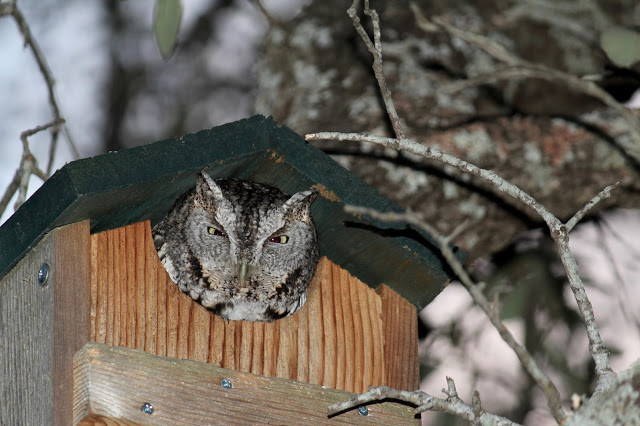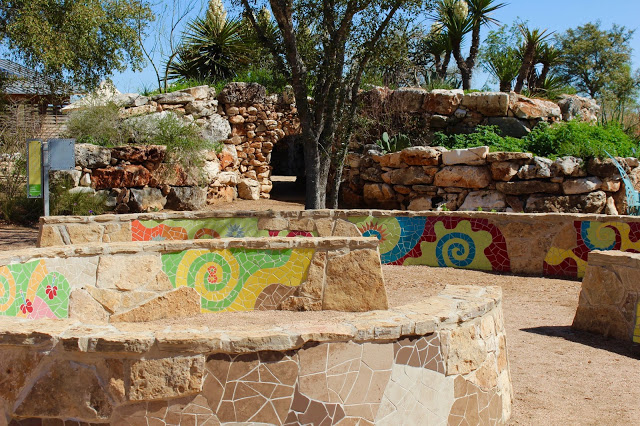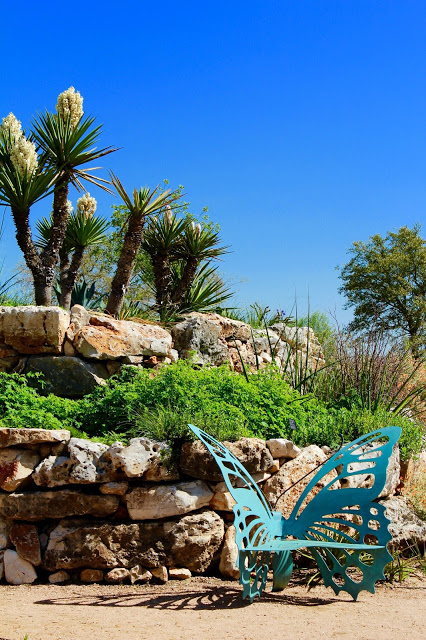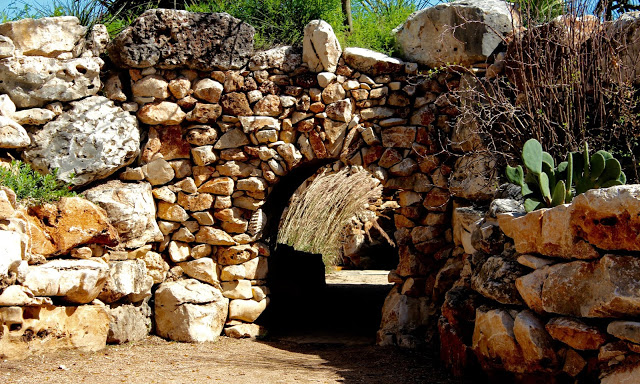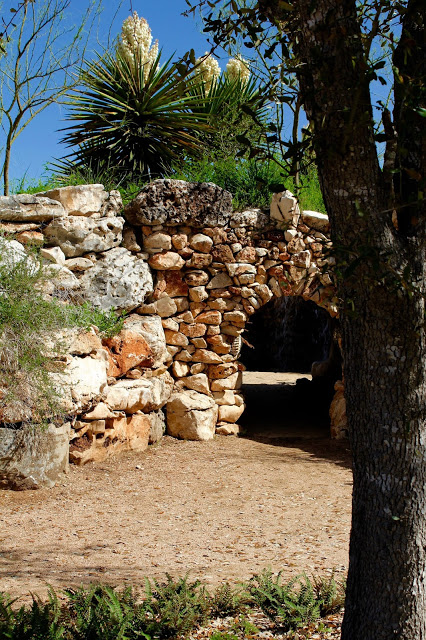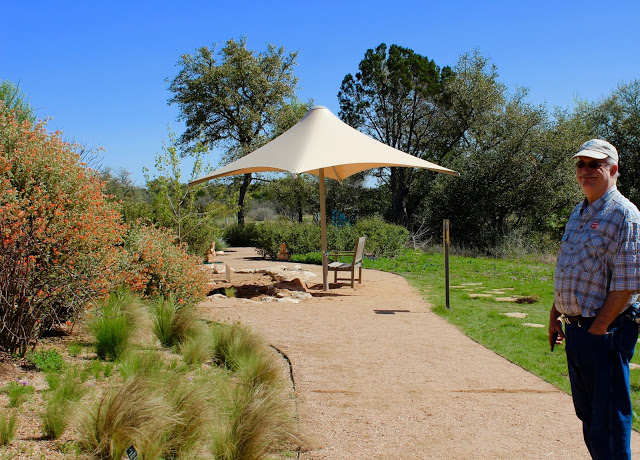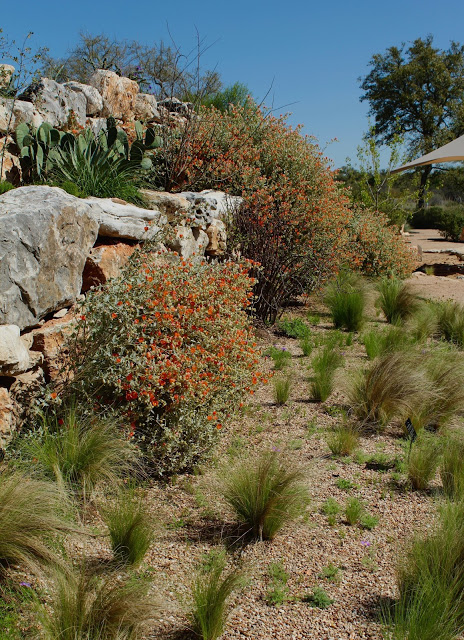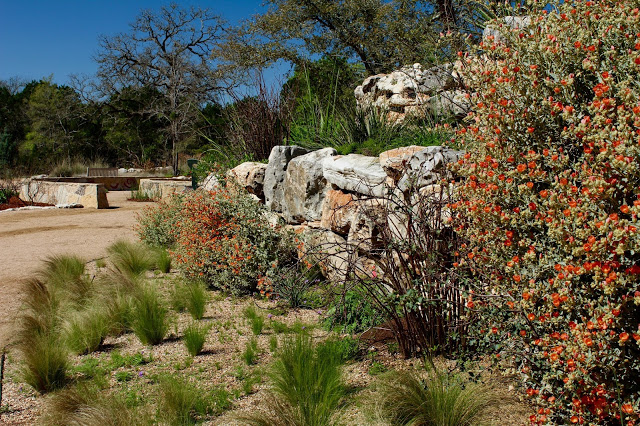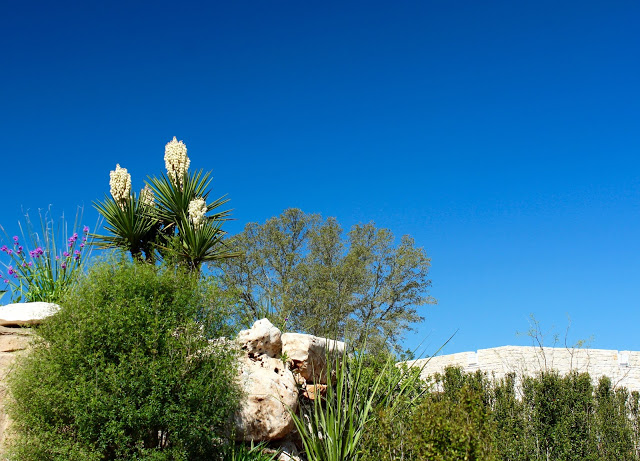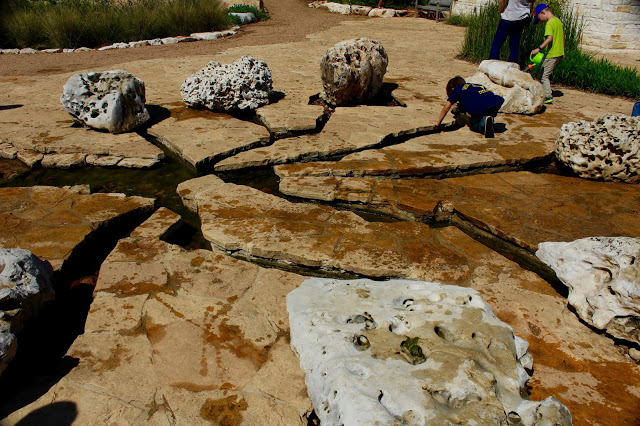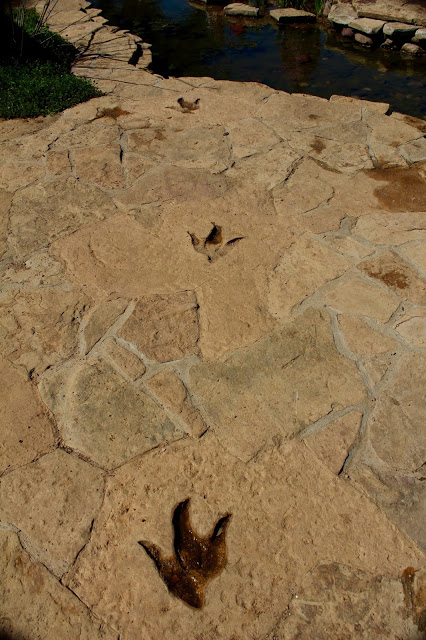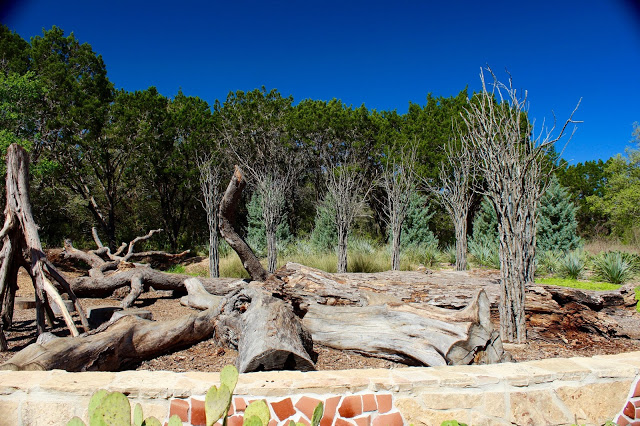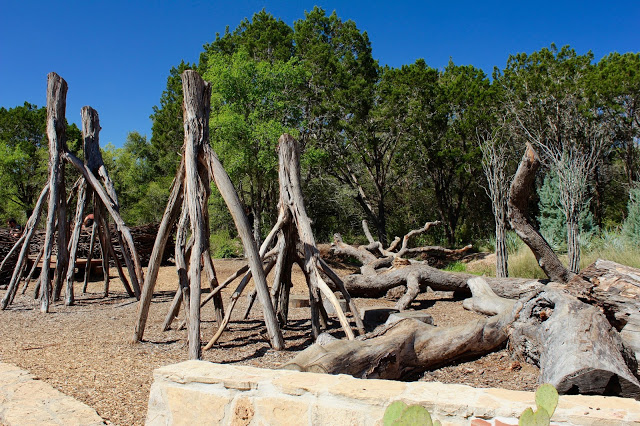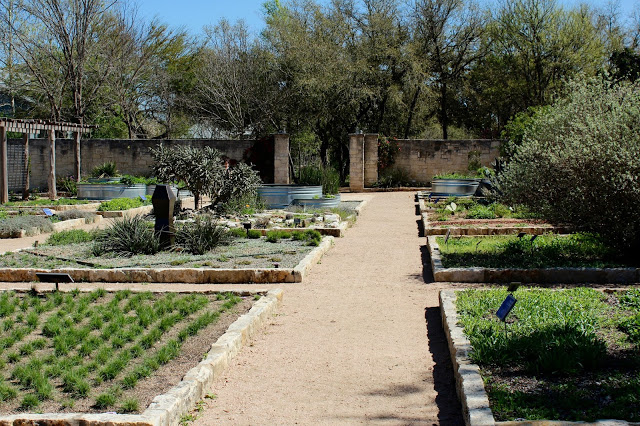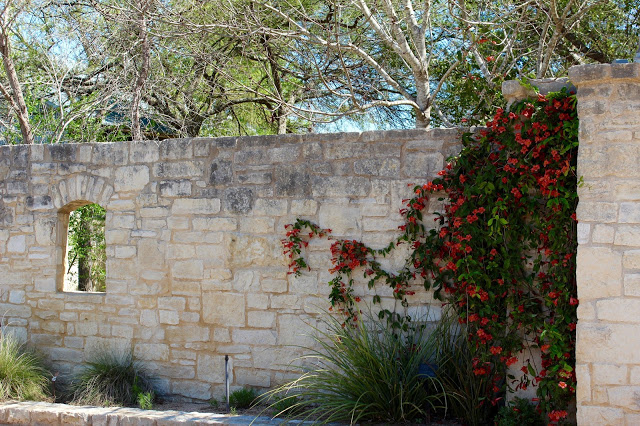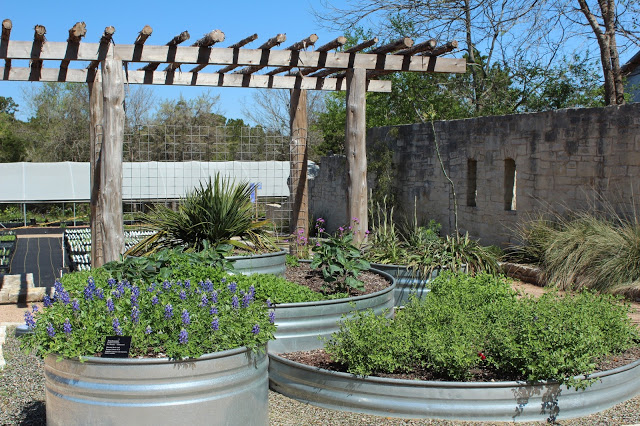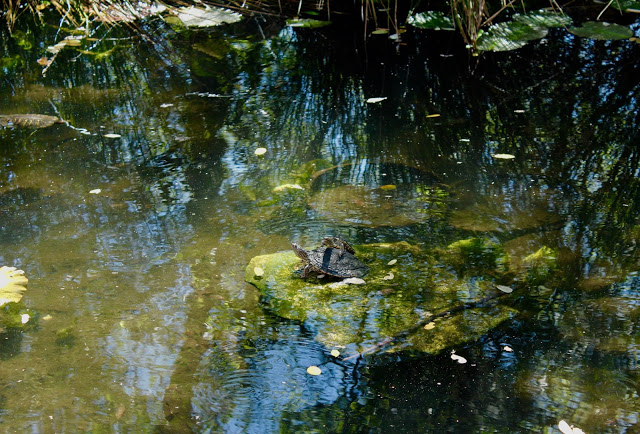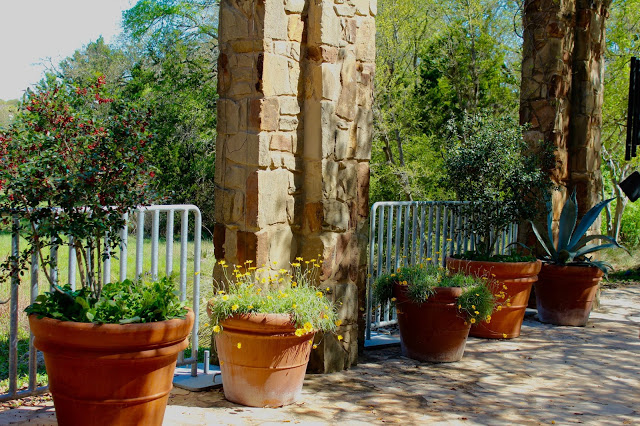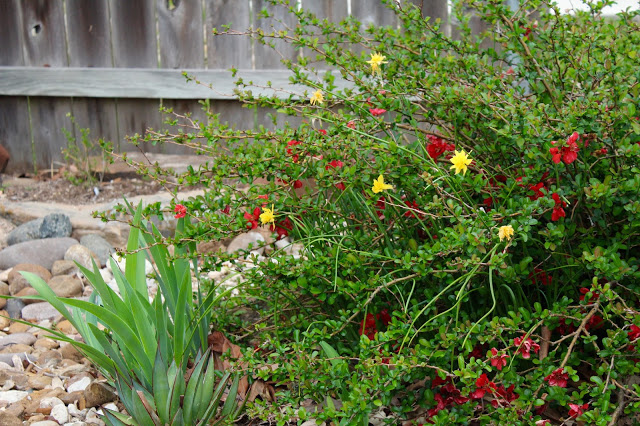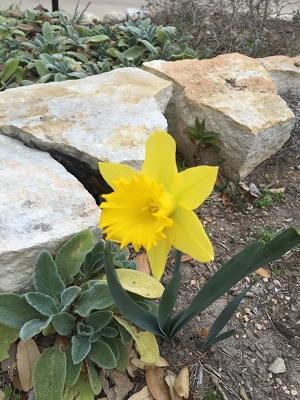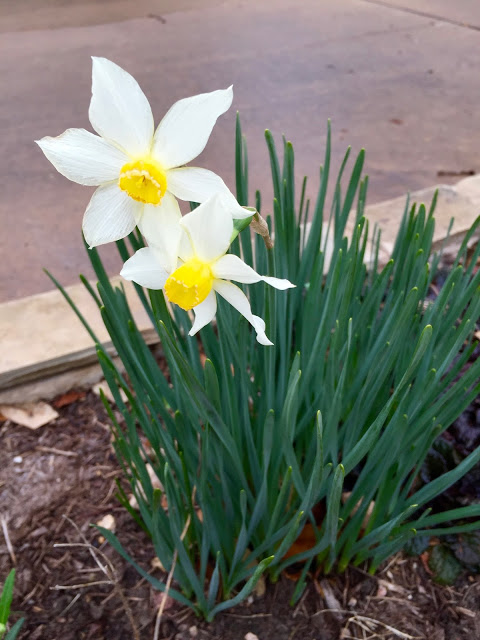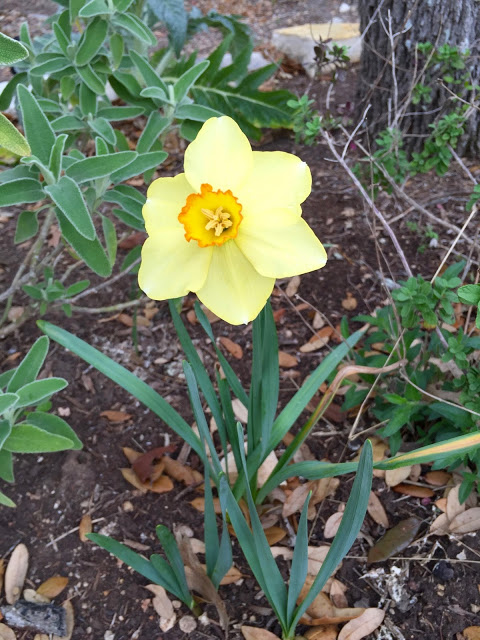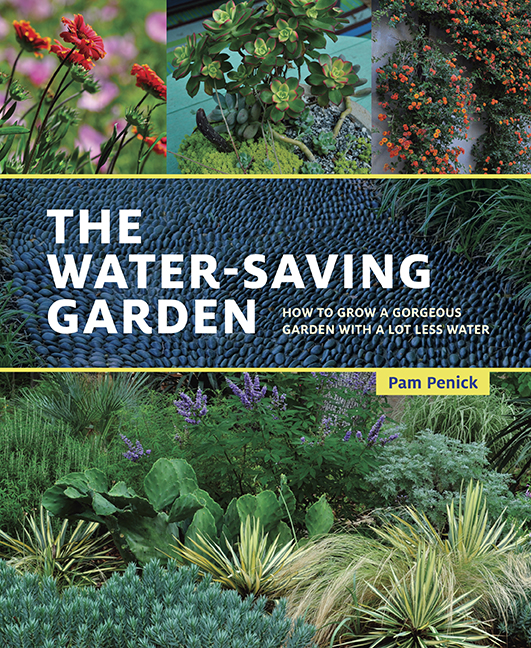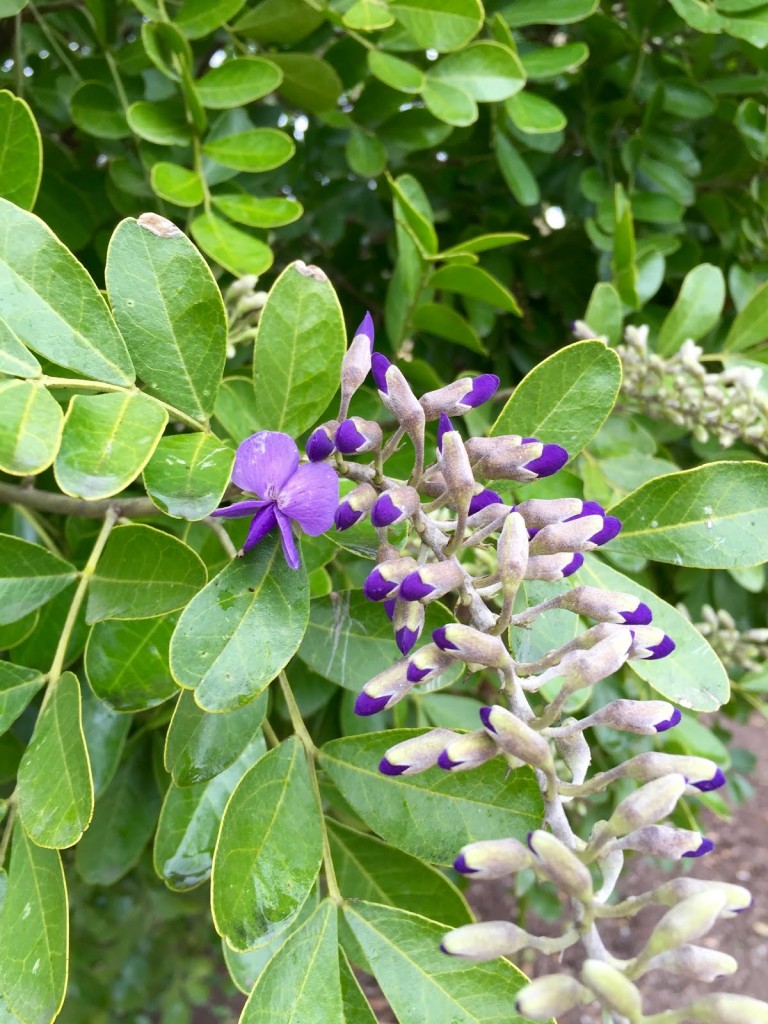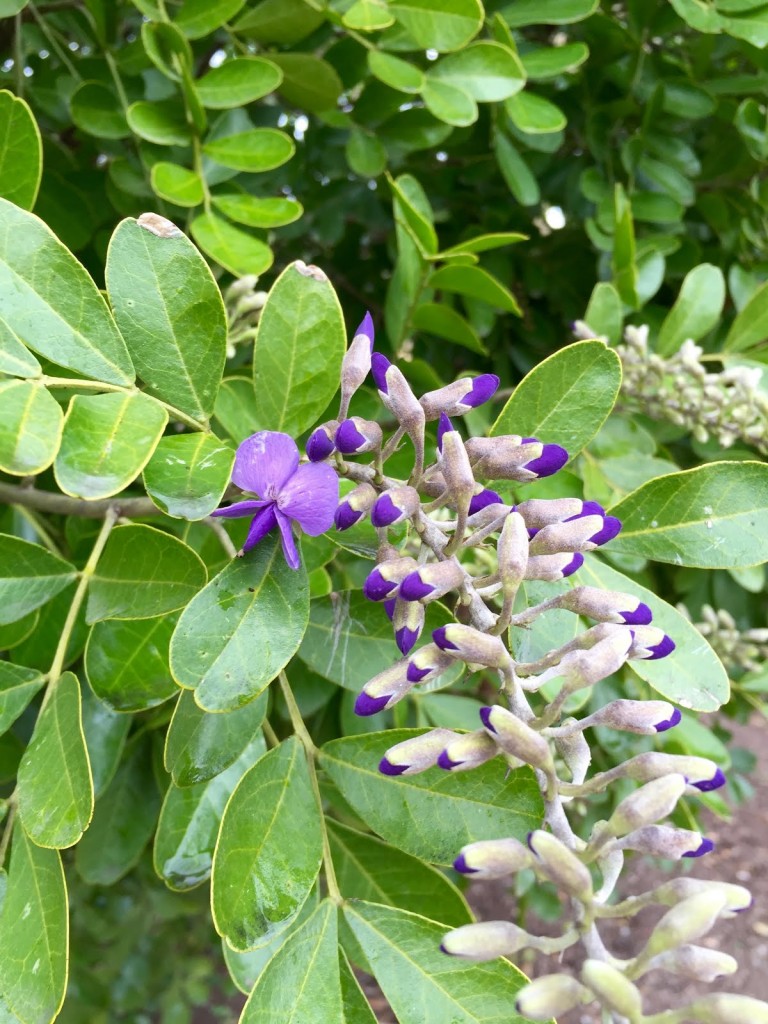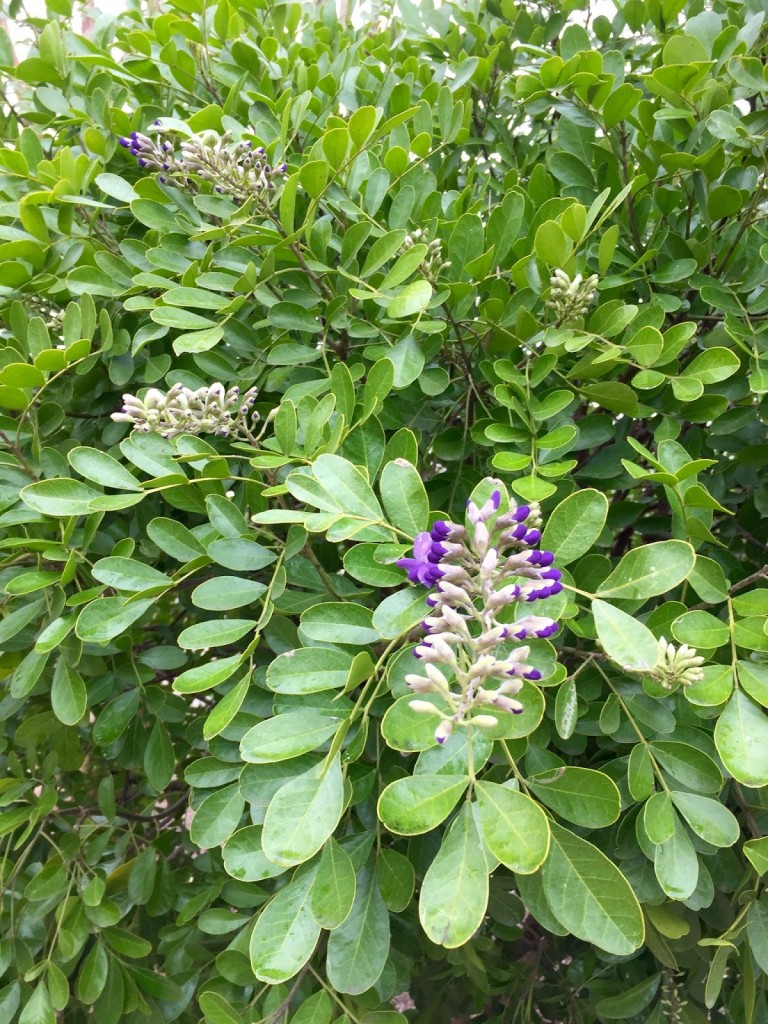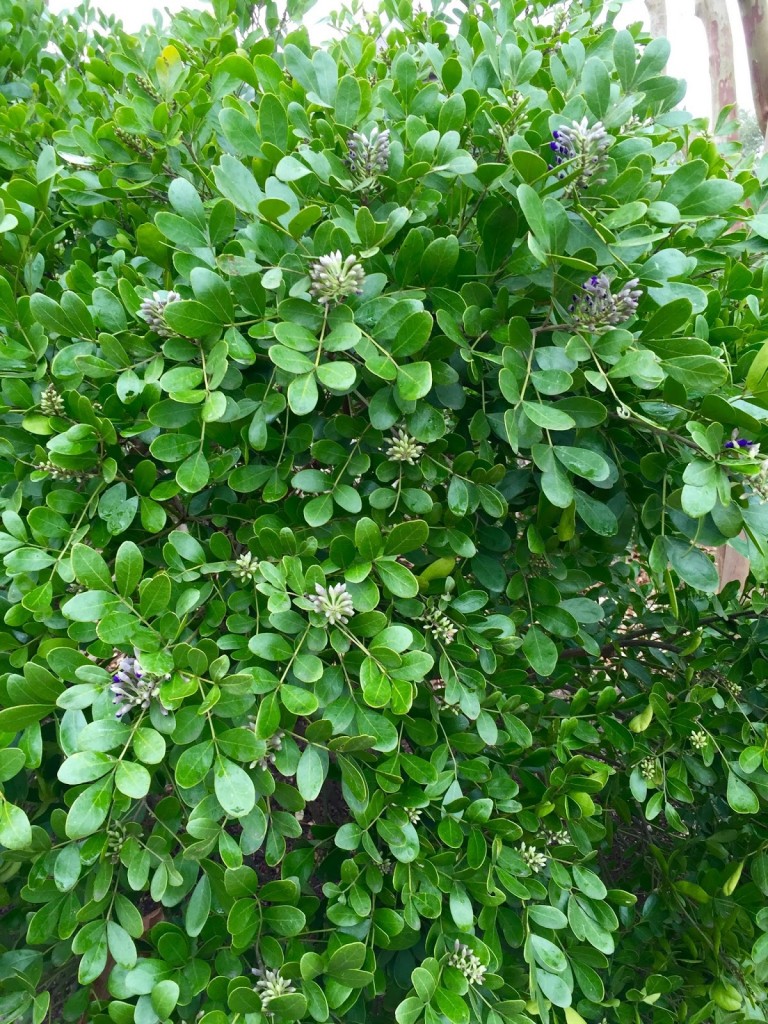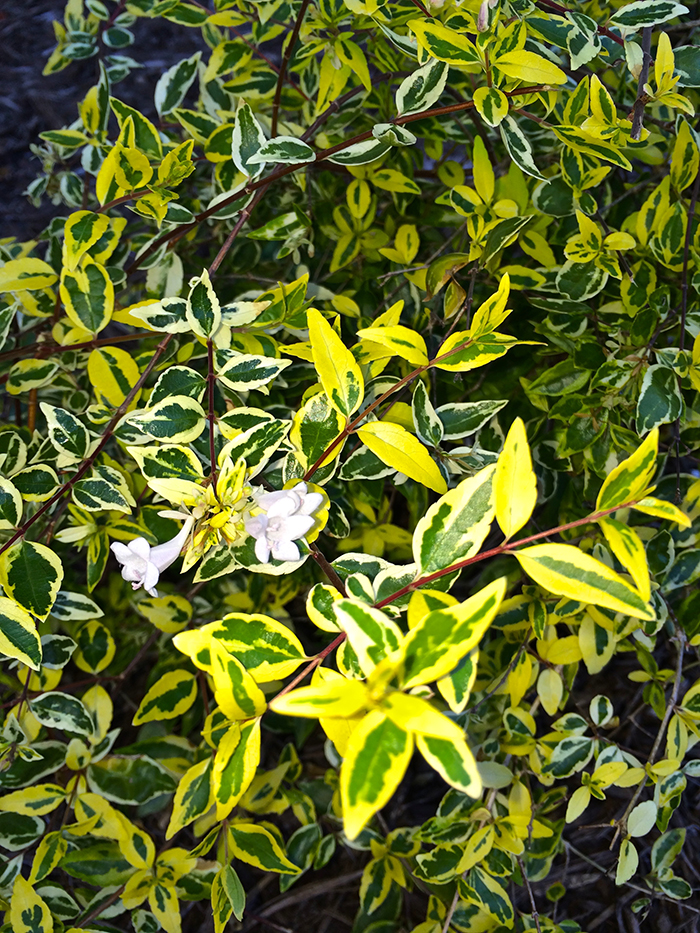Finally, an owl in the owl box in the garden!
I’ve watched the owlettes in their nest at the Lady Bird Johnson Wildflower Center for many years. I’ve seen photos of owls and their owlettes on the blogs of several of my garden blogging friends and wished for a resident in our owl box. I put it up about two years ago, but I think it was too far into the wooded area and it was difficult for us to see it. So last year, we moved the box to what we hoped was a better spot.
Lo and behold, the other night at dusk, I thought I saw something in the entrance to the box. I corralled my family & my neighbors and we all quietly watched this beautiful animal. She (I’m assuming) just sat and watched us through her little eye slits, undisturbed by the activity below her.
Isn’t she adorable?
Now we’ll have to keep an eye out to see if there are some little ones in there with her.

